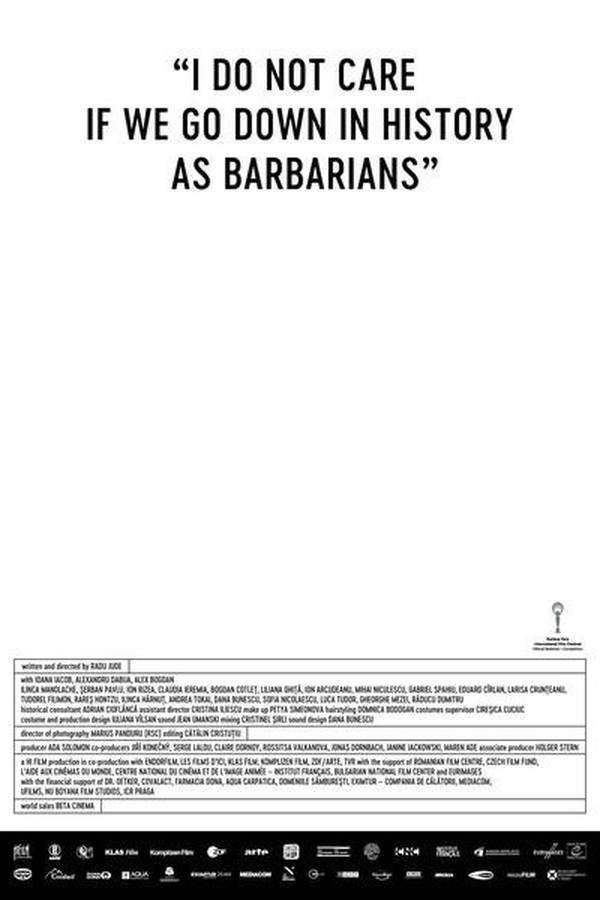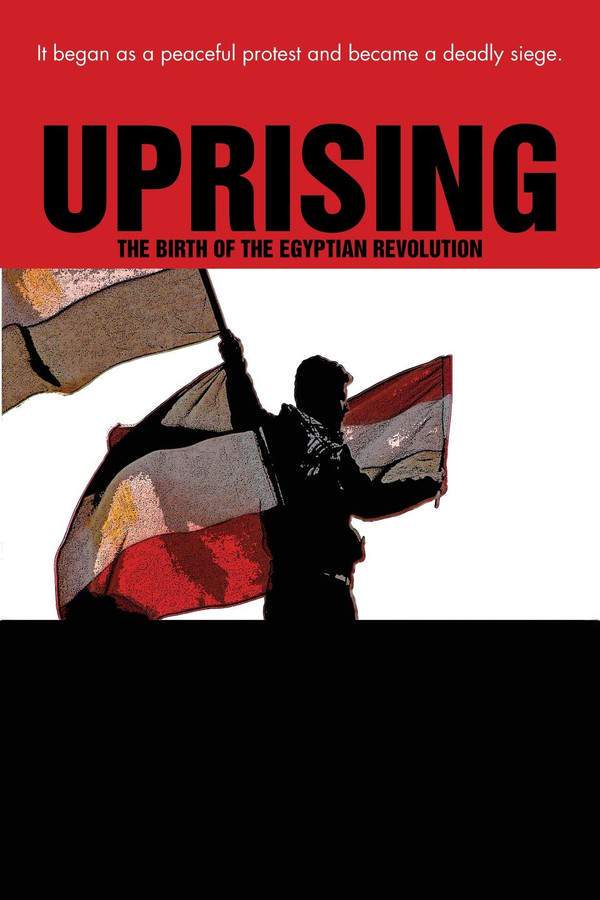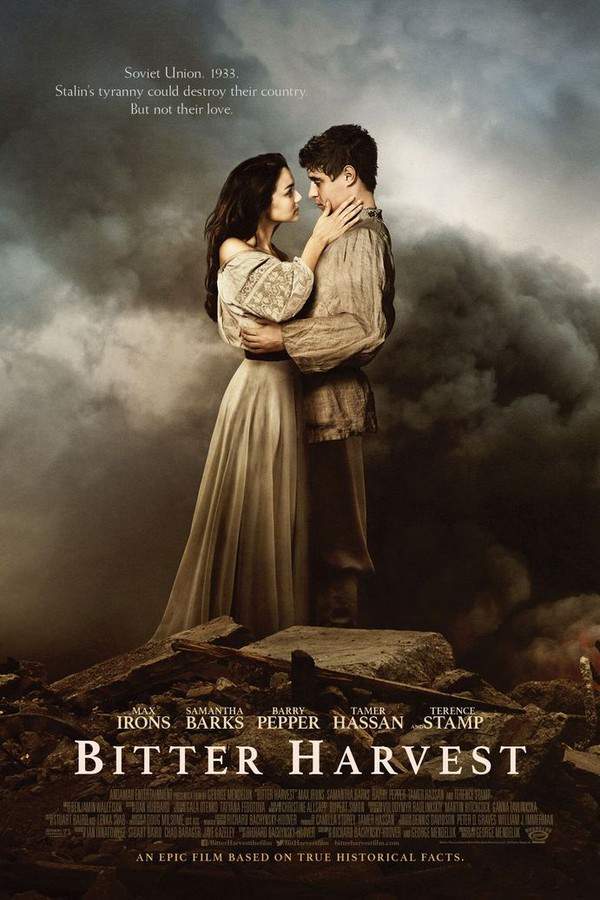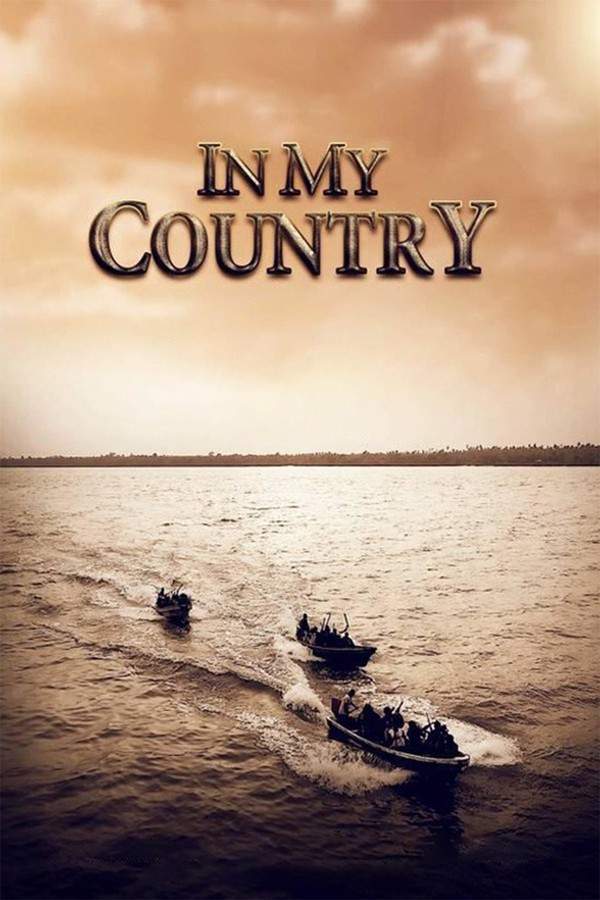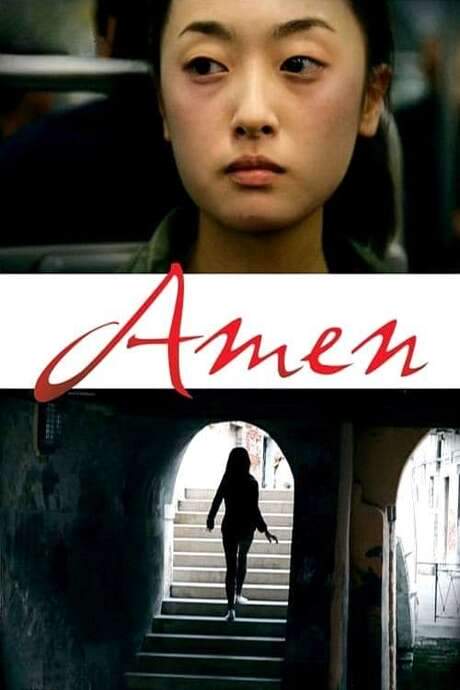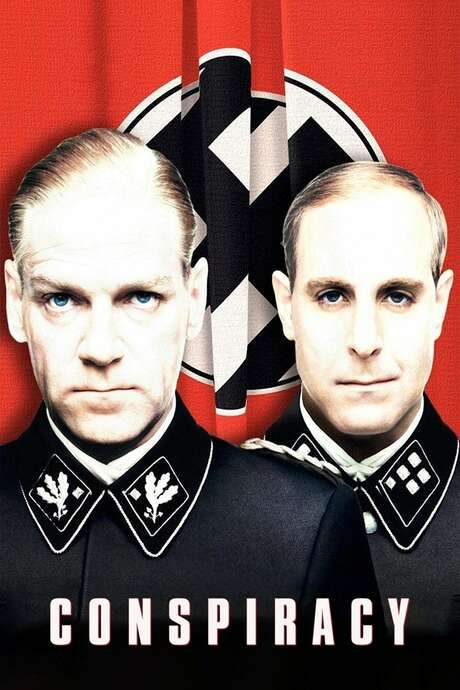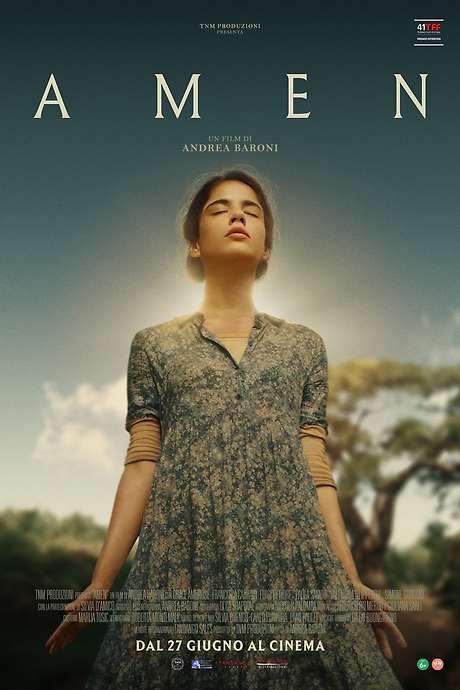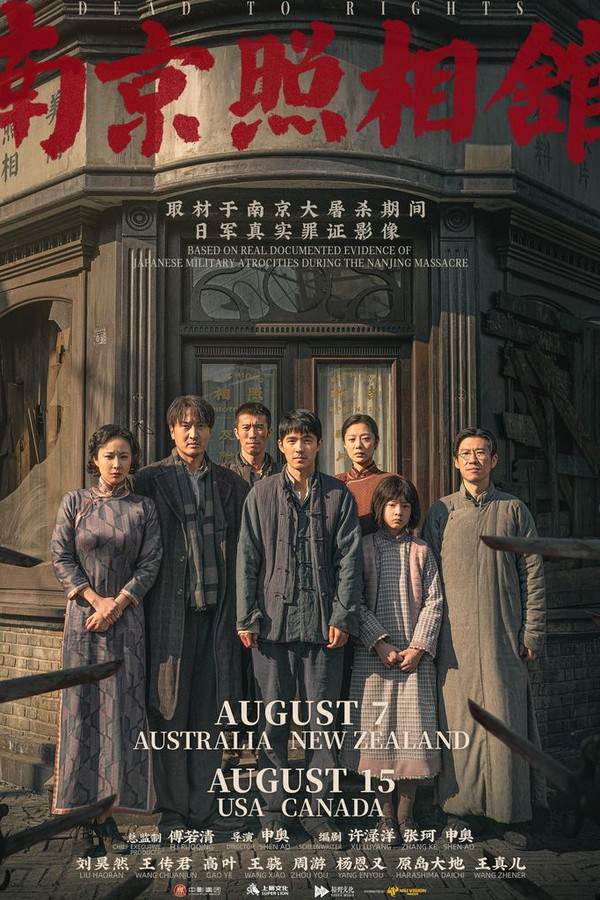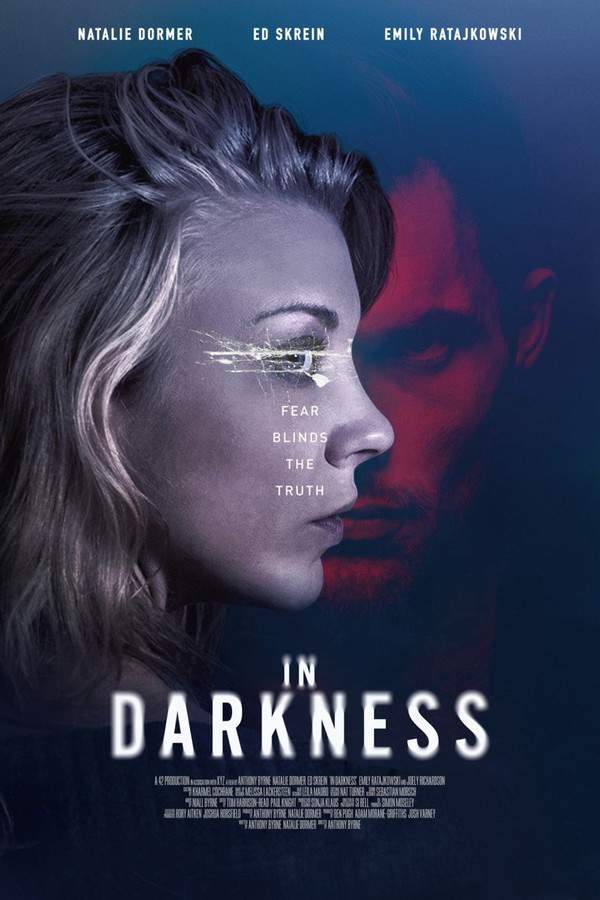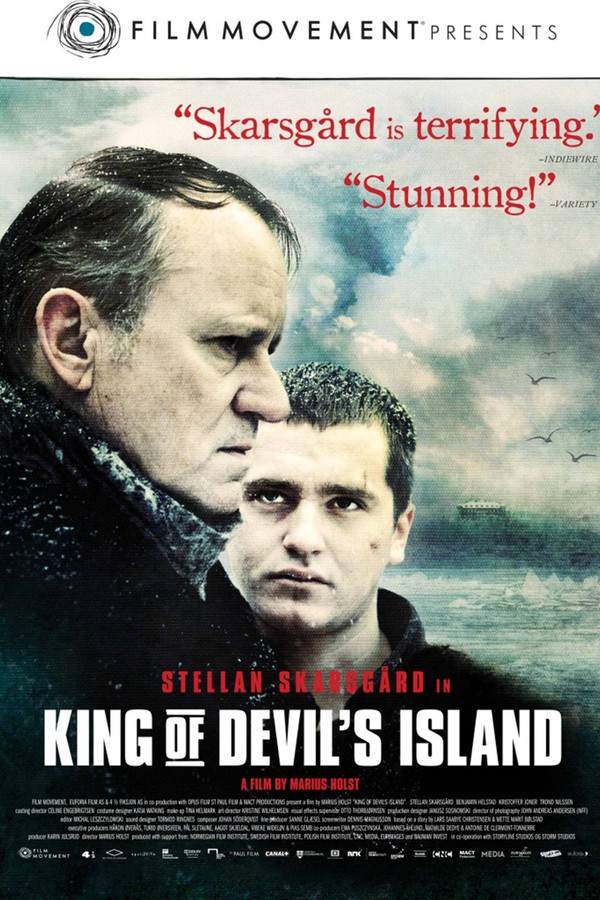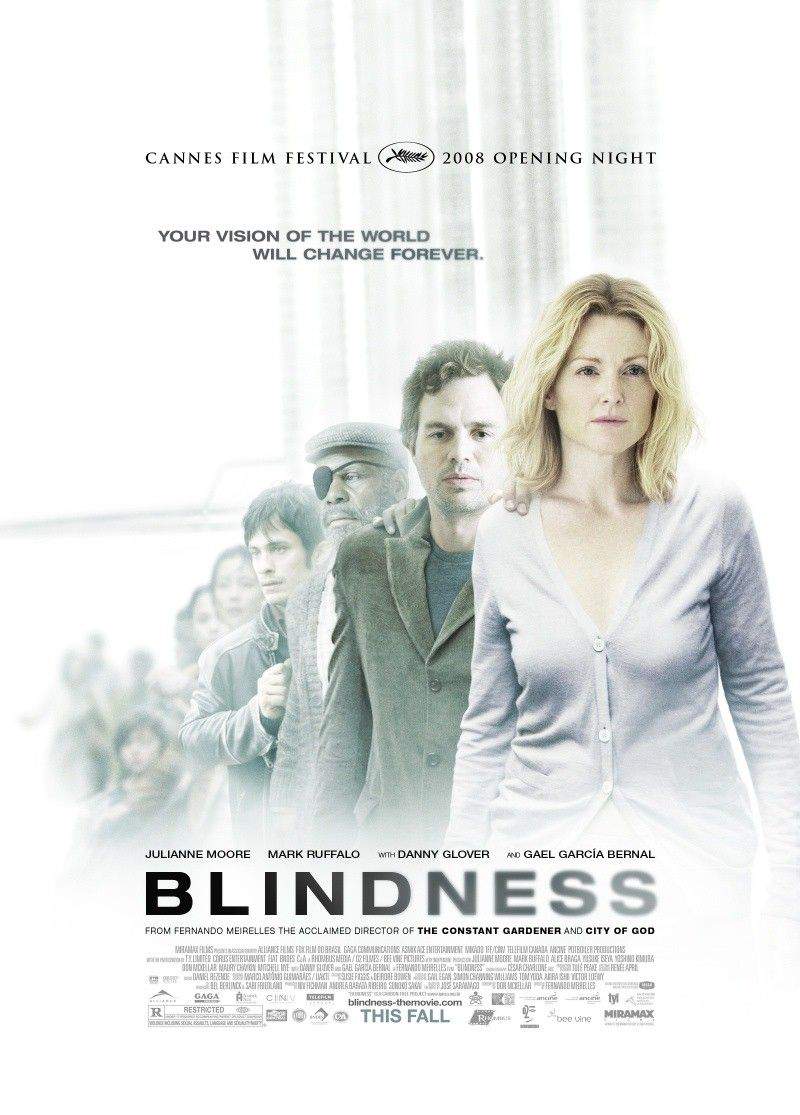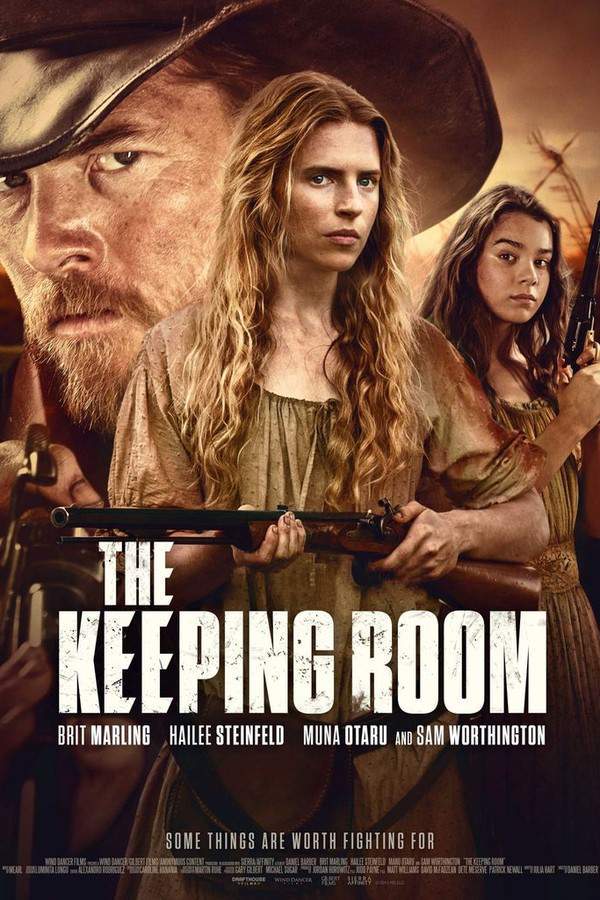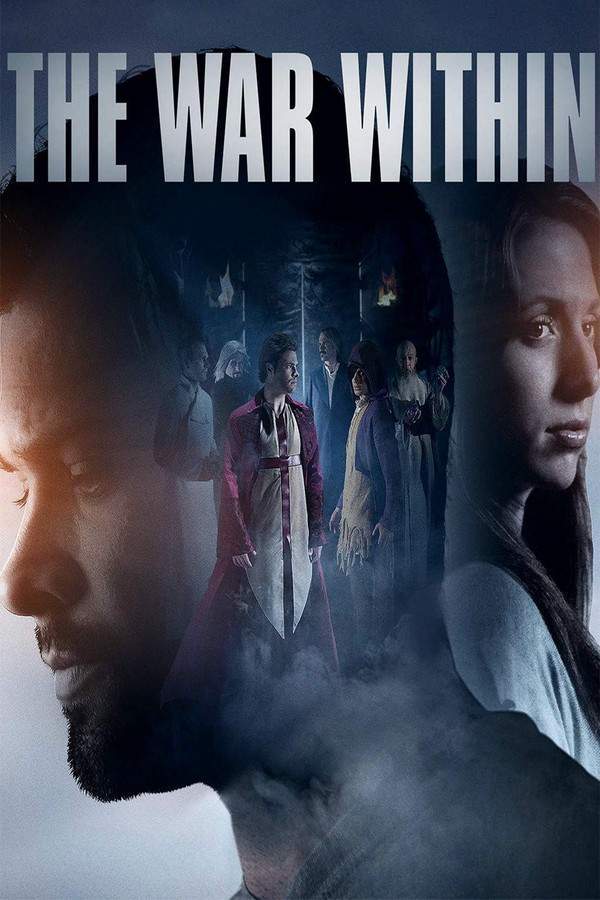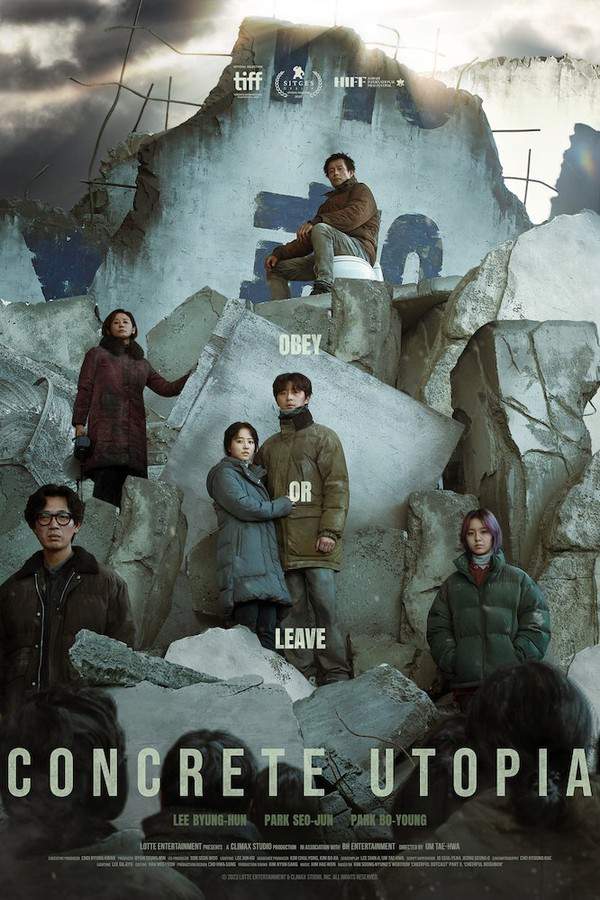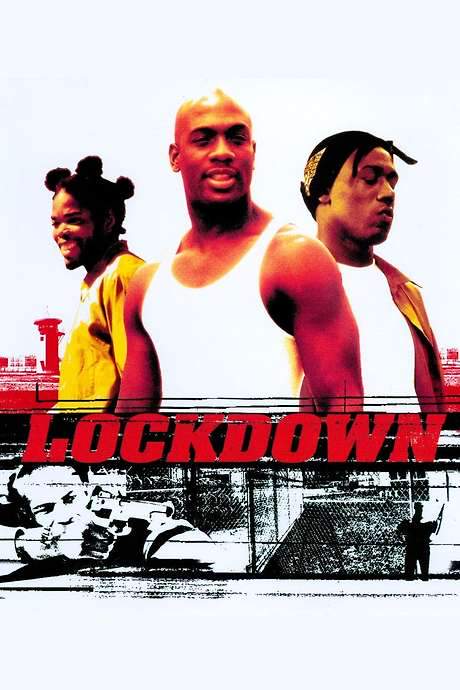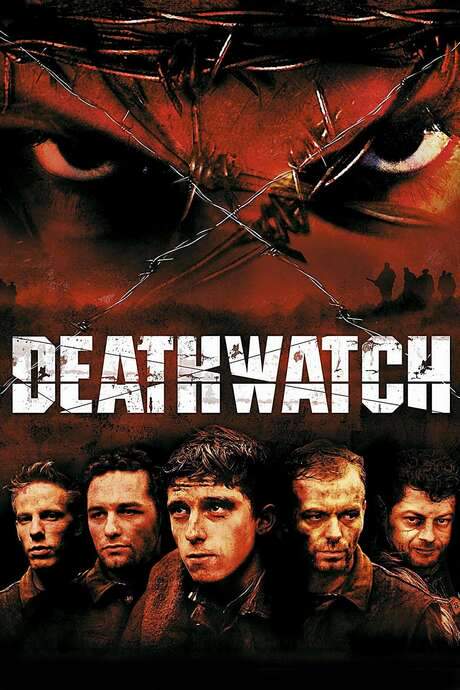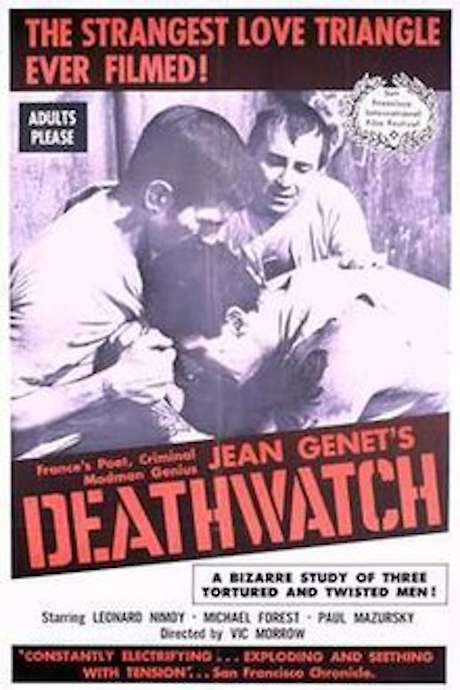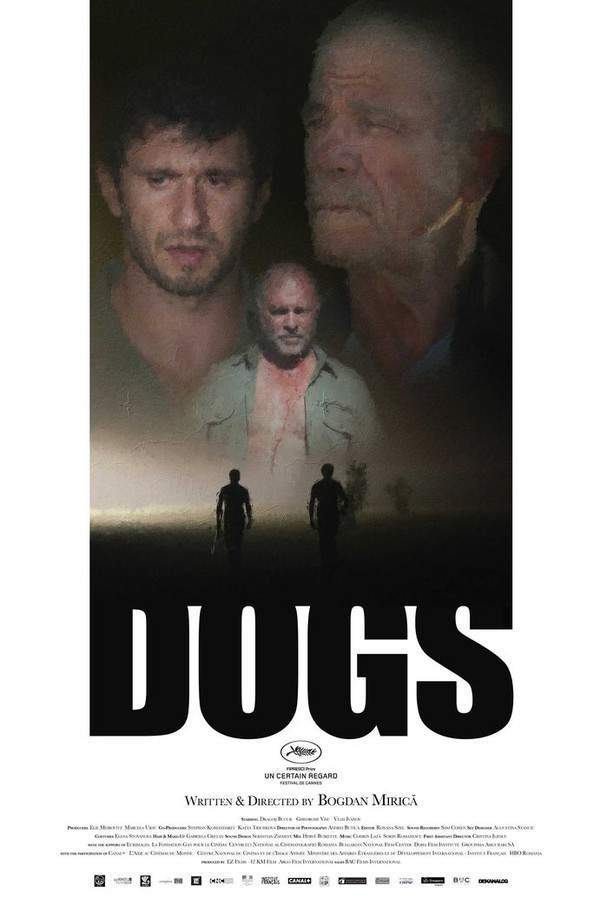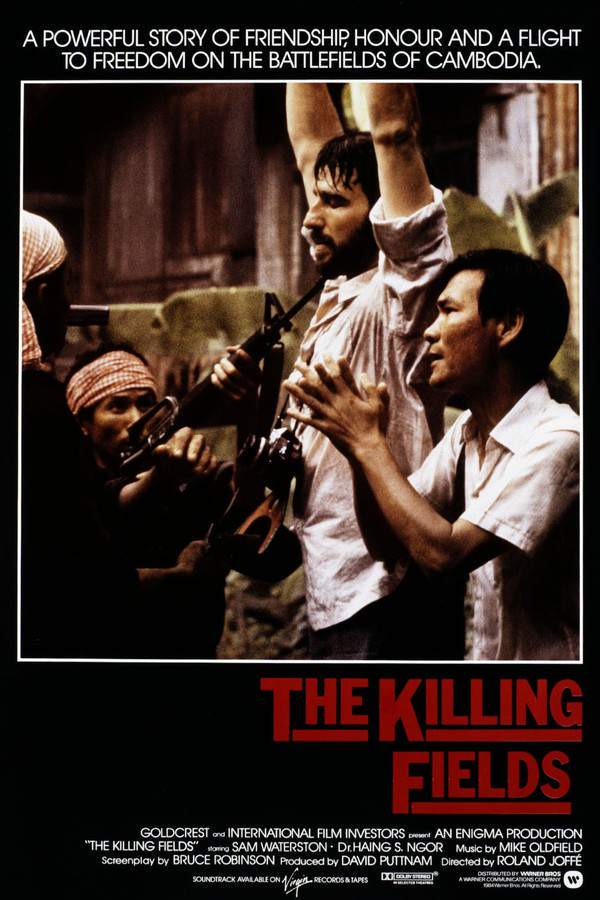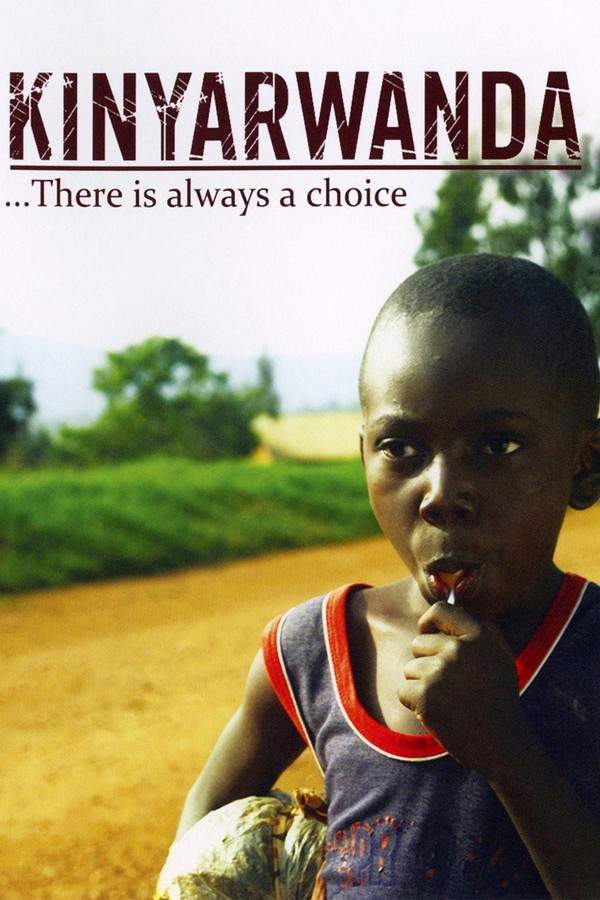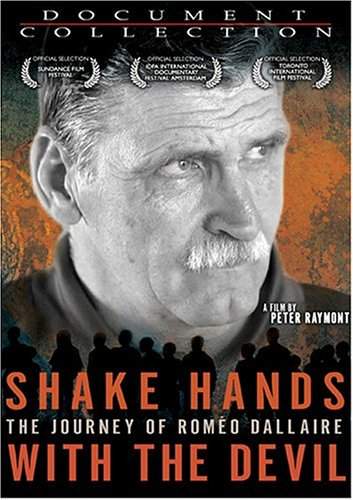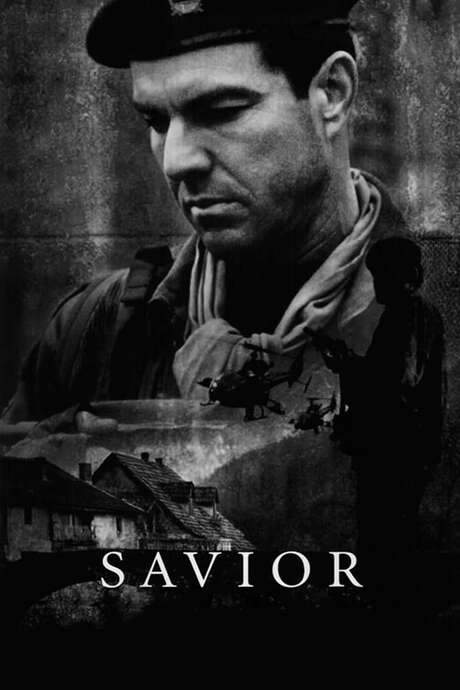
Shooting Dogs
Year: 2005
Runtime: 115 mins
Language: English
Director: Michael Caton-Jones
When the Rwandan genocide erupts, a Western priest and a schoolteacher find themselves trapped in the chaos. Forced to choose between risking their own lives to shelter fleeing refugees or fleeing to safety, they confront a harrowing moral dilemma. The drama follows their real‑life struggle to act against unimaginable horror.
Warning: spoilers below!
Haven’t seen Shooting Dogs yet? This summary contains major spoilers. Bookmark the page, watch the movie, and come back for the full breakdown. If you're ready, scroll on and relive the story!
Shooting Dogs (2005) – Full Plot Summary & Ending Explained
Read the complete plot breakdown of Shooting Dogs (2005), including all key story events, major twists, and the ending explained in detail. Discover what really happened—and what it all means.
Joe Connor, Hugh Dancy, is a patient teacher at the École Technique Officielle outside Kigali, a small outpost run by John Hurt as Father Christopher and guarded by a unit under Captain Delon, Dominique Horwitz. The school, already home to a mix of refugees and a few European arrivals, becomes a fragile sanctuary as whispers of looming violence spread: lists of Tutsi families are drawn up, reports of mobs terrorize other parts of the country, and a wary eye is kept on a UN mandate that seems ill-suited to stop what might come. In this tense atmosphere, Joe grows particularly close to a local girl, Marie, a bond that ties him emotionally to the school’s fragile community.
On the night of 6 April 1994, the mood shifts from fragile calm to imminent danger: distant explosions and gunfire ring out, and Delon orders the perimeter fortified, turning the school into a makeshift fortress. Refugees arrive at the gates, and despite Delon’s protests, Father Christopher insists they must be allowed in. The next morning, Joe drives to Marie’s house to fetch her, only to find the place empty except for a dog; Marie herself later slips in through the rear entrance, while the front remains blocked by a Hutu mob. The refugees begin organizing under Roland’s leadership, and a small group of European refugees is granted better quarters, much to Christopher’s frustration. Joe throws himself into helping the new arrivals, balancing his duties as a teacher with the urgent demands of crisis relief.
As the mob closes in, Joe believes the refugees’ plight should be broadcast to the world. He asks Captain Delon for help in bringing in Rachel, a BBC journalist, Nicola Walker, hoping that television coverage might force outside attention and relief. Delon is initially cooperative, but his stance hardens after news reaches him that the Belgian troops guarding the Prime Minister Uwilingiyimana have been massacred. Joe resolves to press on anyway and enlists his Hutu friend François, David Gyasi, to escort him, though François is not at home when Joe first goes to fetch him. He eventually finds Rachel and her cameraman and persuades them to come to the school by insinuating that there are Europeans inside. On the return trip, they are stopped at a roadblock and dragged from their vehicle at gunpoint. Rachel negotiates, but the scene is brutal: Joe witnesses a Tutsi man hacked to death with machetes, and François is seen among the mob, brandishing a bloody blade. François arranges for the journalists to pass, but the moment leaves a growing rift in Joe’s perception of “neutral” reporting. Rachel later reflects with him on the dispassion she sees in journalists who cover such atrocities, drawing on her Bosnia experience to frame the violence as something more than a distant news item.
During a tense interview with Delon, Rachel questions why his troops do not intervene to stop the killings and challenges the UN mandate. Delon maintains his position, invoking the limits of his mandate and the need for political backing to allow intervention. He does, however, request a mandate change, but receives no relief. In the midst of this, Father Christopher becomes personally touched by the refugees’ plight: he helps deliver the baby of Edda, one of the refugees, and the infant’s name becomes a source of small solace for him. Later, Christopher seeks medicine for the infant and visits a nearby convent believed to have been attacked. He pays a bribe to obtain the medicine and lies that the child is Hutu to secure help. When he returns to the school, he finds the nuns at the convent killed, and the spent hurdlers he had lent out for use by the roadblock are being repurposed as part of the barricades. The sight underscores the cruelty of the unfolding chaos and the moral compromises forced upon those inside the compound.
French troops arrive, but they say they are there only for French refugees. Delon’s temper flares, yet he finally agrees to evacuate all Europeans. Joe tries to negotiate for Marie to take his place on the trucks, but Delon rebuffs him. Rachel departs with the French, urging Joe to leave as well. A group of refugees, including Edda, attempts a rear escape but is ambushed by the mob; most are killed, and the brave attempt ends in tragedy when Edda and her baby are spotted and slain. Delon then orders a withdrawal; the Belgians prepare to depart, but Roland pleads for Delon to shoot the refugees to spare them a more prolonged massacre. Delon refuses, and Joe, unable to bear the situation any longer, leaves with Delon, leaving Marie behind. As Joe boards the truck, he can only whisper to Marie, “I’m sorry.” Christopher chooses to stay behind, but he realizes he can smuggle a small group of children out in the back of the school truck. He takes Marie and a few others, intending to return for more, but the moment he leaves, the mob attacks and massacres the remaining refugees.
The story cuts between Marie’s frantic flight—she manages to slip away from the roadblock with the children—and interviews that question the UN’s reluctance to call the carnage genocide. In the epilogue, Marie tracks down Joe, who is now a teacher at Christopher’s old school, and the two briefly reflect on their shared experiences. The film closes with factual notes about the genocide in Rwanda and the specific killings at the ETO, alongside personal reflections from some of the crew who lived through those days.
Last Updated: October 09, 2025 at 16:46
Explore Movie Threads
Discover curated groups of movies connected by mood, themes, and story style. Browse collections built around emotion, atmosphere, and narrative focus to easily find films that match what you feel like watching right now.
Moral crisis dramas like Shooting Dogs
Stories where ordinary people face impossible ethical choices under immense pressure.If you were gripped by the ethical dilemmas in Shooting Dogs, explore more movies like it. This section features films centered on moral choices during real-world conflicts, historical atrocities, and survival scenarios, offering similarly intense and thought-provoking narratives.
Narrative Summary
Films in this thread typically follow a linear, escalating crisis where characters are trapped by circumstances beyond their control. The central conflict is internal and external: a struggle between self-preservation and altruism, set against a backdrop of systemic failure and brutality. The journey is defined by a series of increasingly difficult choices with profound consequences.
Why These Movies?
These movies are grouped together because they share a core focus on the human capacity for good and evil during extreme events. They create a similar atmosphere of urgent ethical tension, using realistic settings to explore themes of sacrifice, duty, and survival, resulting in a deeply impactful and morally complex experience.
Bleak siege survival movies similar to Shooting Dogs
Films about groups trapped and abandoned, fighting for survival against overwhelming odds.For viewers who appreciated the trapped, escalating tension of Shooting Dogs, this collection highlights similar films. Discover movies about groups under siege, abandoned by failing institutions, battling for survival in a confined space against a relentless external threat.
Narrative Summary
The narrative pattern involves a group seeking refuge in a location that becomes both sanctuary and prison. The story unfolds as a countdown, with supplies, hope, and safety dwindling as negotiations fail and defenses weaken. The structure is claustrophobic and linear, focusing on the group's dynamic and the slow, crushing realization that rescue is not coming.
Why These Movies?
These films share a specific, potent combination of a confined setting, a relentless external threat, and the thematic backbone of institutional abandonment. They generate a similar feeling of claustrophobic dread, collective tension, and a bittersweet or bleak outlook, making the viewing experience intensely gripping and oppressive.
Unlock the Full Story of Shooting Dogs
Don't stop at just watching — explore Shooting Dogs in full detail. From the complete plot summary and scene-by-scene timeline to character breakdowns, thematic analysis, and a deep dive into the ending — every page helps you truly understand what Shooting Dogs is all about. Plus, discover what's next after the movie.
Shooting Dogs Timeline
Track the full timeline of Shooting Dogs with every major event arranged chronologically. Perfect for decoding non-linear storytelling, flashbacks, or parallel narratives with a clear scene-by-scene breakdown.

Characters, Settings & Themes in Shooting Dogs
Discover the characters, locations, and core themes that shape Shooting Dogs. Get insights into symbolic elements, setting significance, and deeper narrative meaning — ideal for thematic analysis and movie breakdowns.

Shooting Dogs Spoiler-Free Summary
Get a quick, spoiler-free overview of Shooting Dogs that covers the main plot points and key details without revealing any major twists or spoilers. Perfect for those who want to know what to expect before diving in.

More About Shooting Dogs
Visit What's After the Movie to explore more about Shooting Dogs: box office results, cast and crew info, production details, post-credit scenes, and external links — all in one place for movie fans and researchers.

Similar Movies to Shooting Dogs
Discover movies like Shooting Dogs that share similar genres, themes, and storytelling elements. Whether you’re drawn to the atmosphere, character arcs, or plot structure, these curated recommendations will help you explore more films you’ll love.
Explore More About Movie Shooting Dogs
Shooting Dogs (2005) Scene-by-Scene Movie Timeline
Shooting Dogs (2005) Movie Characters, Themes & Settings
Shooting Dogs (2005) Spoiler-Free Summary & Key Flow
Movies Like Shooting Dogs – Similar Titles You’ll Enjoy
Dogs (2021) Story Summary & Characters
The Killing Fields (1985) Complete Plot Breakdown
Kinyarwanda (2011) Full Movie Breakdown
Shake Hands with the Devil: The Journey of Roméo Dallaire (2005) Spoiler-Packed Plot Recap
Birds Are Singing in Kigali (2017) Story Summary & Characters
Ghosts of Rwanda (2004) Movie Recap & Themes
Sometimes in April (2005) Full Movie Breakdown
A Sunday in Kigali (2006) Movie Recap & Themes
Shake Hands with the Devil (2007) Full Summary & Key Details
God Sleeps in Rwanda (2005) Complete Plot Breakdown
Rabid Dogs (1995) Film Overview & Timeline
The Dogs (1979) Movie Recap & Themes
The Day God Walked Away (2009) Complete Plot Breakdown
Savior (1998) Spoiler-Packed Plot Recap
Attack On Darfur (2009) Story Summary & Characters

